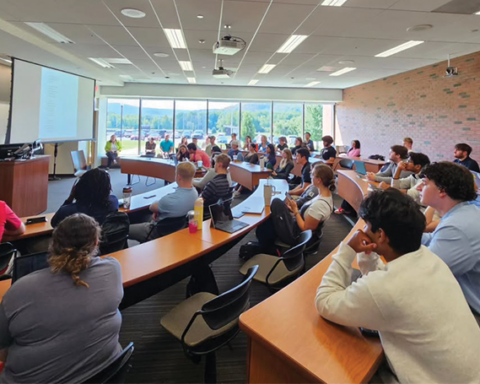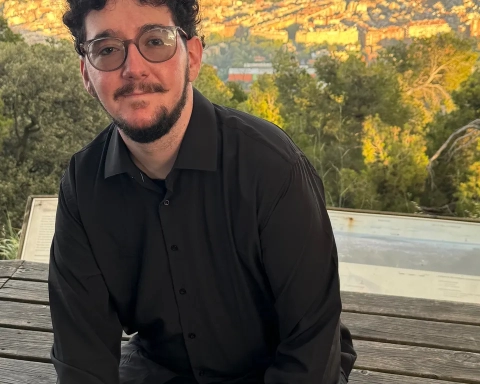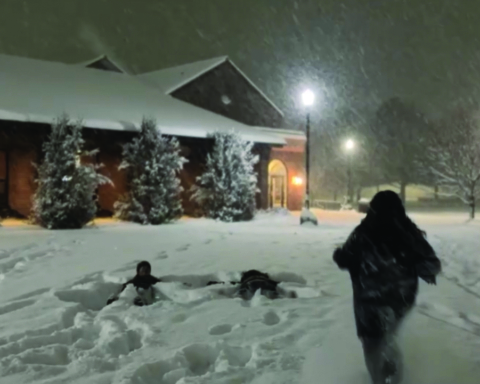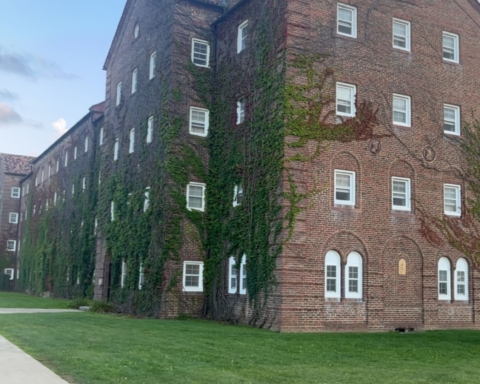By Rachel Konieczny
Assistant News Editor
Nearly 20 miles from St. Bonaventure, four Salamanca area residents overdosed on an alternate form of heroin.
Students received notification of the overdose cases, including the death of one individual, on April 17. The “killer heroin” appears to be a clear, white granular substance packaged small clear bags, according to Salamanca police.
Christopher Russo, a junior psychology major and Medical Emergency Response Team (MERT) member, said he was not surprised by the report.
“I worked on an ambulance in my hometown near New York City and have been aware of ‘killer heroin’ since January,” Russo said. “It was only a matter of time until this product was found in less populated areas.”
Russo said the substance is a mix of standard heroin and fentanyl. Fentanyl is a narcotic used in hospitals as a painkiller and anesthetic. It is 80 times more powerful than morphine, Russo said.
“Heroin is on the rise because it is cheaper and more readily available than prescription drugs,” Russo said. “This potent mix is so powerful, less heroin is needed to achieve a high.”
Russo said that “killer heroin” has a lower risk of the user or carrier being caught and costs less, perpetuating its high demand.
Roger Keener, the director of the Center for Student Wellness, explained the communication process for instances of drug overdose.
“In any instance like this, we’ll get contacted by local police authorities, and I believe [local police were informed] directly from the Salamanca police,” Keener said. “The reason they do that is they want to inform as many big service areas as they can, Bonaventure having a big student population.”
Keener said the local police departments, including Allegany, Olean and Salamanca, have a good working relationship that allows them to communicate well.
“We’re a rural area—we really have to pull resources to deal with the safety and protection of community members, which Bonaventure students are part of that community,” Keener said.
Similar instances of heroin possession cases in the Salamanca area have been reported in the past.
In August 2012, police arrested five Salamanca residents for heroin possession following a search at two separate residences, according to the Olean Times Herald.
On April 3, police arrested a Salamanca man outside the Parkview SuperMarket alleged criminal possession of heroin with intent to sell.
A heroin forum was held by the Seneca Nation of Indians and New York State in June 2014 to discuss an issue of “epidemic” proportions, according to The Salamanca Press. The forum announced that New York accounts for approximately 20 percent of heroin seized by the Drug Enforcement Agency, an amount which has grown 67 percent over the last five years.
Russo said Bonaventure communication on the surrounding areas is satisfactory.
“The campus officials alert students to dangerous or pertinent information in our area,” Russo said. “I don’t think students need every drug statistic in Cattaraugus county, because it might cause panic or unnecessary fear.”
Keener said although Bonaventure does not frequently handle hard drug overdose situations, the university is familiar with similar policies regarding alcohol consumption on weekends.
“Realize that we deal with drug overdoses every weekend with alcohol. Alcohol is a drug,” Keener said. “So it’s the same policy. MERT would be called in and if necessary, the local ambulance would come in and possibly transported to the hospital. I think people get alarmed [hearing about] heroin, but far more people die of alcohol situations than any hard drug there is.”
The Wellness Center is able to assist students with addiction problems at (716) 375-2310 or by email at ccsbu@sbu.edu. The Wellness Center is open Monday, Wednesday and Friday from 8 a.m. to 4:30 p.m. and Tuesday and Thursday from 8:30 a.m. to 5:00 p.m.
Kenner said he thinks realistically about the advice he gives students.
“I think the message we constantly want to get across to students is, ‘How do you protect yourself and be as safe as possible?’ You can’t really say, ‘No, don’t do this,’ but [focus instead on] how your actions show responsibility.”








